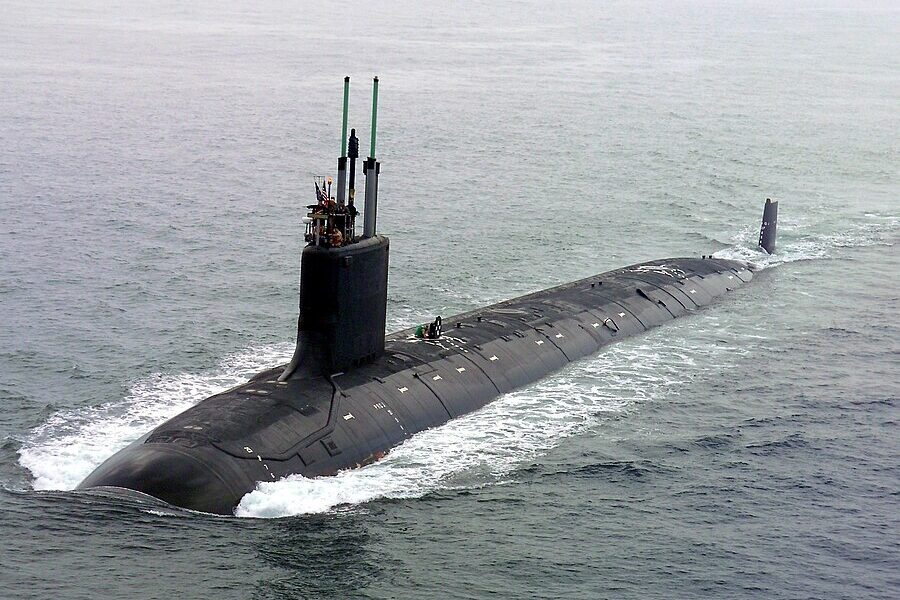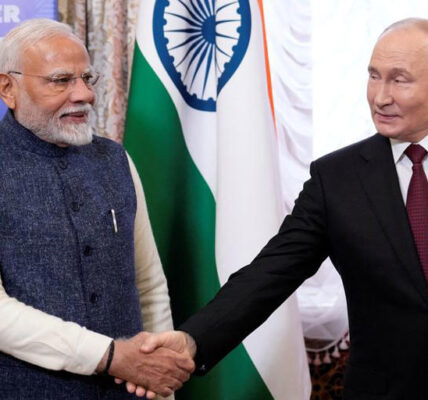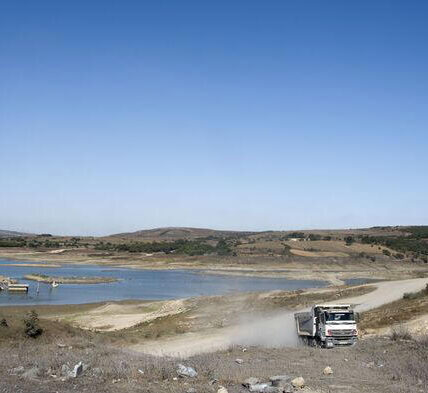- Homepage
- world affairs
- Russian Nuclear Threat: 5 Terrifying Facts You Need to Know
Russian Nuclear Threat: 5 Terrifying Facts You Need to Know
Table of Contents
ToggleRussian Nuclear Threat: Analyzing Recent Claims and Responses
Russian nuclear threat claims have raised international concerns. We delve into these assertions, the reactions, and the implications for global security.

© east2west news
Introduction
The Russian nuclear threat has been a topic of intense discussion recently, following alarming claims made by Igor Korotchenko, a Russian military expert. Korotchenko, speaking on Russian state TV, suggested that the Kremlin is planning a nuclear strike against American ships. This declaration has heightened global tensions, especially in light of the ongoing conflict in Ukraine and the recent authorization by President Joe Biden for Ukraine to use American weapons in defense of Kharkiv, Ukraine’s second-largest city.
The Claims
Korotchenko’s assertions center around the Russian nuclear threat as a response to U.S. involvement in Ukraine. He stated that Russia would consider using nuclear weapons against American ships in retaliation. Specifically, he claimed that Russian vessels equipped with nuclear capabilities are already stationed in the Atlantic, targeting American aircraft carriers. According to Korotchenko, any attack on an American aircraft carrier would be executed with “special ammunition,” referring to nuclear warheads on Russian ballistic missiles. This alarming scenario is intended to ensure maximum effectiveness, speed, and reliability in any such strike.
Military Movements
Following these statements, several Russian warships, including a missile-equipped frigate and a nuclear-powered submarine, began exercises in the Atlantic and later arrived in Cuba. This movement is seen as a tangible manifestation of the Russian nuclear threat.
Expert Opinions
Despite the serious nature of Korotchenko’s claims, many experts consider the Russian nuclear threat to be more about political signaling than an actual military maneuver. Johan Norberg, a research leader at the Swedish Defense Research Agency, believes a Russian military action in the Atlantic is highly unlikely. According to Norberg, these maneuvers are intended to send a political message rather than prepare for a real military confrontation. This perspective suggests that while the rhetoric and movements are designed to intimidate, they do not necessarily indicate an imminent nuclear conflict.
Historical Context
To understand the current Russian nuclear threat, it’s important to consider the historical context. Throughout the Cold War, both the United States and Russia engaged in similar tactics, using military posturing and threats to gain strategic advantages. The deployment of nuclear-capable vessels and the public declarations of potential strikes are reminiscent of this era. However, the reality of mutual assured destruction (MAD) has always served as a powerful deterrent against actual nuclear war. This principle still holds today, making a real nuclear strike highly unlikely despite the aggressive rhetoric.
International Reactions
The international community has responded to the Russian nuclear threat with a mix of concern and skepticism. NATO allies have reiterated their commitment to collective defense, emphasizing that any attack on one member would be considered an attack on all. This solidarity is crucial in deterring potential aggressors. Additionally, diplomatic efforts continue to de-escalate the situation. Various nations are calling for restraint and dialogue to prevent further escalation and to find peaceful solutions to the conflicts at hand.
Potential Implications
The Russian nuclear threat has significant implications for global security. It underscores the fragile nature of international relations, particularly between nuclear-armed states. The possibility of miscalculation or accidental escalation is always a concern in such tense situations. Moreover, the threat serves as a reminder of the devastating consequences of nuclear warfare, reinforcing the importance of arms control agreements and non-proliferation efforts.
U.S. Response
The U.S. response to the Russian nuclear threat has been measured but firm. Pentagon officials have emphasized their capability to track and monitor Russian military activities closely. This vigilance ensures that any potential threat can be identified and addressed promptly. Additionally, the U.S. continues to support Ukraine in its defense efforts, providing military aid and strategic assistance. This support is seen as crucial in countering Russian aggression and maintaining regional stability.
Conclusion
The Russian nuclear threat as articulated by Igor Korotchenko highlights the ongoing geopolitical tensions between Russia and the United States. While the claims have sparked significant concern, expert analysis suggests that the likelihood of an actual nuclear confrontation remains low. Instead, these actions appear to be strategic posturing aimed at achieving political goals. Nevertheless, the situation underscores the need for continued vigilance, diplomatic efforts, and a commitment to international security and arms control.
The world watches closely as these developments unfold, hoping that cooler heads will prevail and that dialogue will triumph over threats and posturing. The Russian nuclear threat serves as a stark reminder of the stakes involved in international relations and the importance of striving for peace and stability in a complex global landscape.
ALSO READ:
“Crimea Military Strategy: 5 Powerful Tactics for Success”




